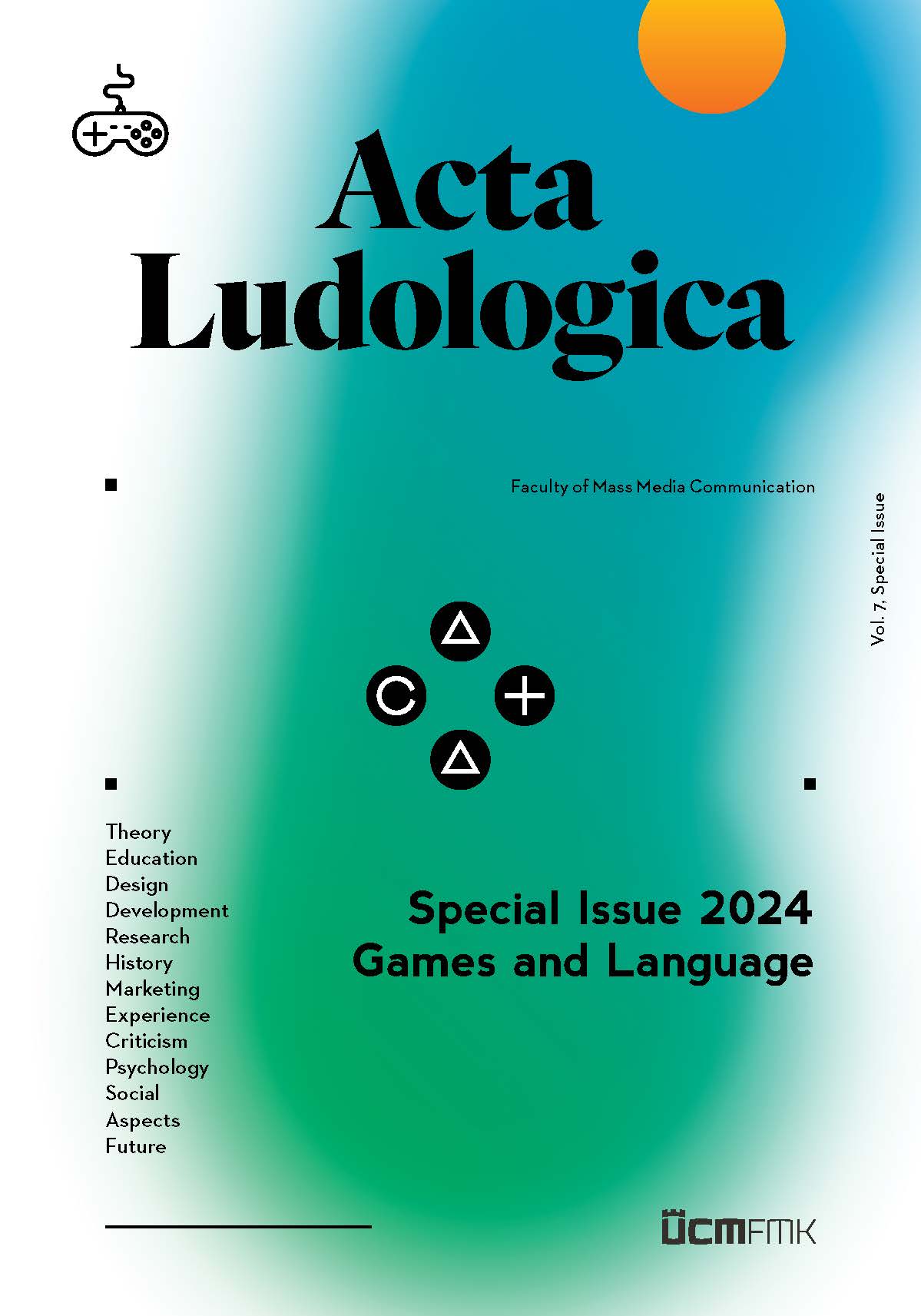ABSTRACT: So-called dark patterns are widely discussed in game design. This phenomenon raises
concerns for gaming education because numerous dark patterns trick players into real money transactions or gambling. A major obstacle to the practical assessment of the severity of a ‘dark’ pattern is the very definition of ‘game patterns’, basing solely on action-oriented structures. In order to take into account not only abstract expressions of the game system, but also the experience of the player, as well as the diverse contexts in which games are played, this article proposes to use the semiotic model of the ‘ludeme’. A ludeme is a minimal element in game design consisting of a grapheme, an acousteme, and a motifeme. We begin by explaining and situating the conceptual framework of the ludeme theory, with a specific interest in its application to repetitions of the same game element over time and through different digital games. Then, the theoretical framework is applied to SimCity BuildIt and particularly to the ‘dark patterns’ in it. In the last part, paths for further developments of the model of ludemic analysis are discussed, with regard to its
relevance for media education and digital game literacy.
KEY WORDS: dark patterns, digital game literacy, game analysis, ludeme, ludoliteracy, SimCity.
View full article
